At Midnight on the 4th April 1912 the Titanic arrived in Southampton and berthed in the White Star Dock, now called Ocean Dock. The dock had been specially built to accommodate the new great liners. The following day was Good Friday and the ship was 'dressed overall' with flags from the bow to the stern. People visited the docks to see the world's largest ship which had been dubbed as being "practically unsinkable". During the next few days mail, luggage and cargo were loaded aboard the liner.
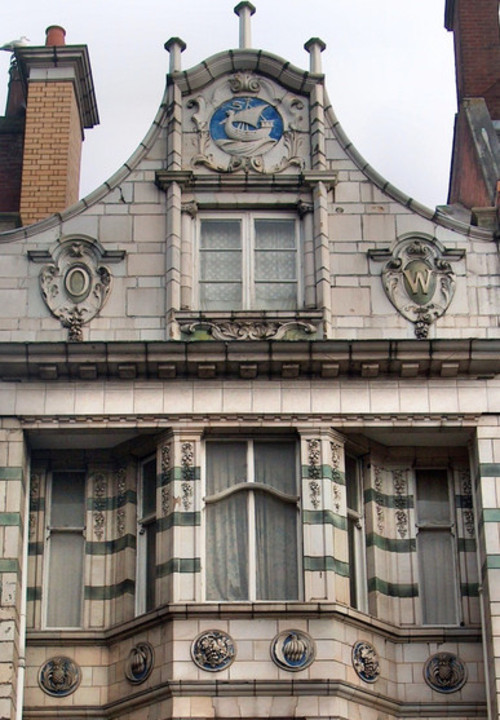
Oakley and Watling on Southampton's High Street (left) provided the Trans-Atlantic liners such as the Titanic with provisions. They were high class fruit and vegetable suppliers and the Titanic set sail with 36,000 apples, 16,000 lemons and 13,000 grapefruits on board! Today the building houses an Indian Restaurant but the original tiled frontage survives. Many local businesses supplied the great liners with goods and services and benefited from such trade.
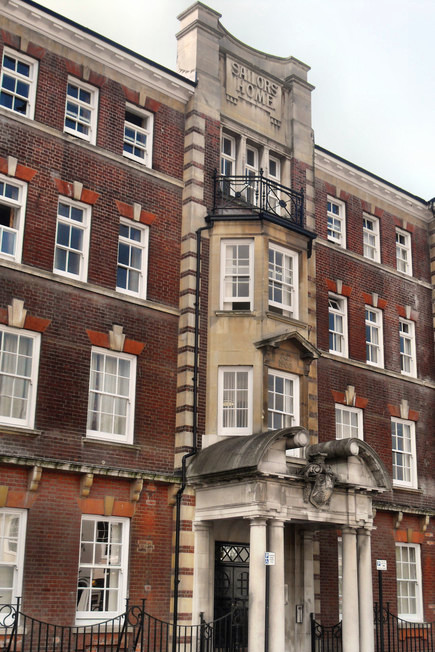
The Sailors Home on Oxford Street (right) opened in 1909 to provide accommodation for the Sailors of the merchant navy while in port. The building is now home to the Salvation Army. Many orphans were brought up here before being sent to work at sea. Twenty-four members of the Titanic's crew spent their last night on land here. Seventeen young Titanic crewmen gave The Seamens' House as their address and out of these seventeen, only two died! Reginald Lee one of the lookouts on the Titanic survived the disaster, but died at the Saillors Home in 1913.
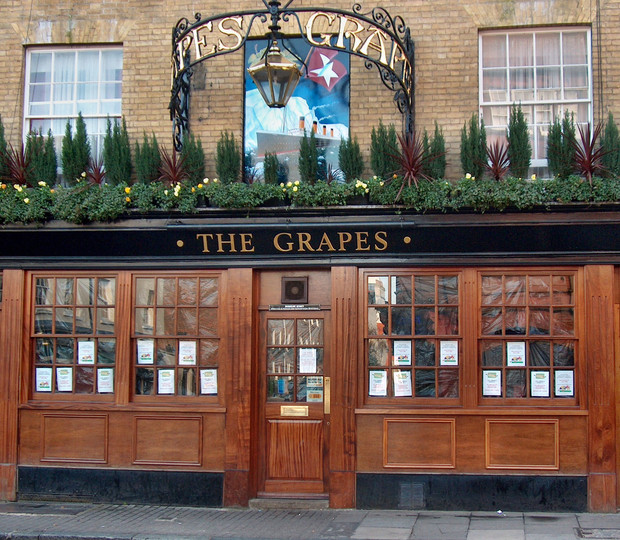
The Grapes on Oxford Street (left) was a popular public house. John Podesta (a Titanic stoker) recalls: "we dropped into another pub called the Grapes, meeting several more ship-mates inside. So having another drink about six of us left about ten minutes to twelve and got well into the docks and toward the vessel. With me and my mate were three brothers named Slade: Bertram, Tom and Alfred.
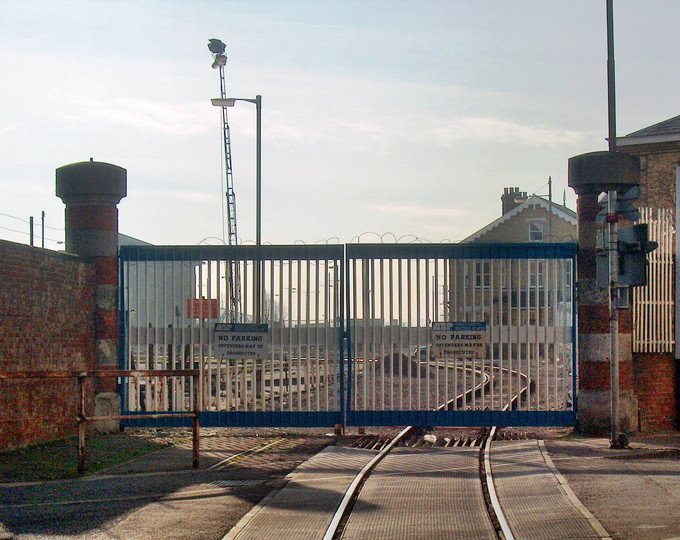
We were at the top of the main road and a passenger train was approaching us from another part of the docks. I heard the Slades say, "Oh, let the train go by". But me and Nutbean crossed over and managed to board the liner. Being a long train, by the time it passed, the Slades were too late, and the gangway was down leaving them behind. So it seemed they did not have to go." John Podesta, (Titanic survivor).
Pictured (above right) is the crossing where the trains pass Canute Road before entering Southampton Docks. This is where the three Slade brothers were delayed by the passenger train, causing them to miss the Titanic.
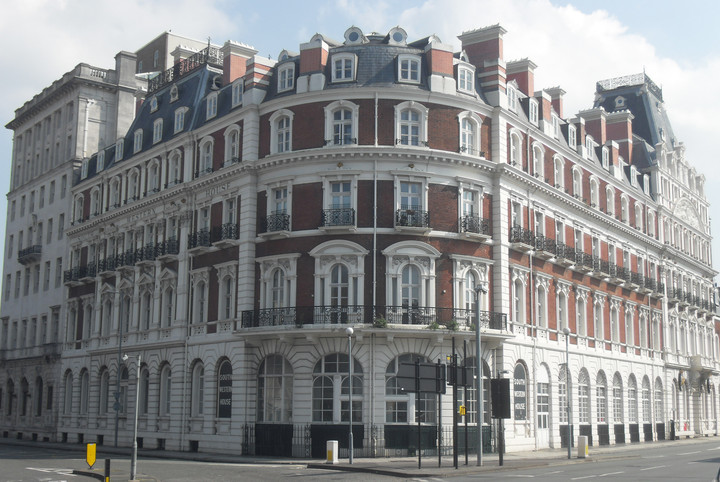
South Western House (left) was formerly the South Western Hotel. Situated close to the docks, this was the hotel of choice for First Class passengers. Bruce Ismay (Chairman of the White Star Line) and Thomas Andrews (the Chief Designer at Harland and Wolff) stayed here before boarding the Titanic.
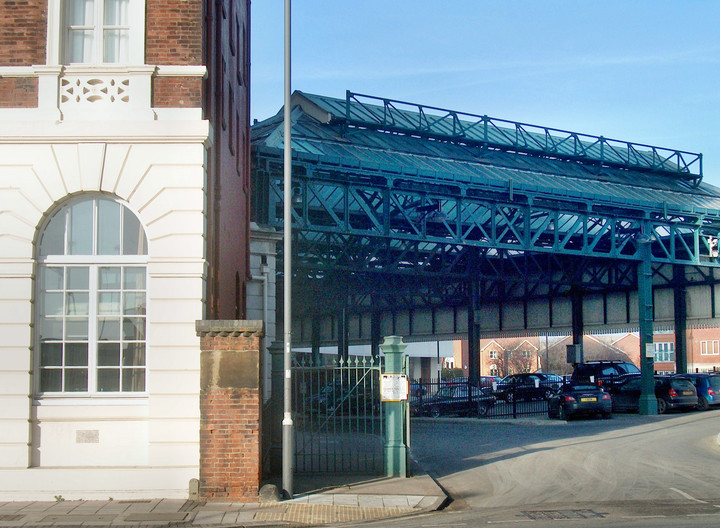
The Terminus Railway Station (right) stood adjacent to the South Western Hotel. Between 09:30 and 11:30 on the 10th April 1912 Titanic's passengers arrived in Southampton, some having caught one of the special ‘Boat Trains’ which took passengers direct to the docks from London Waterloo.
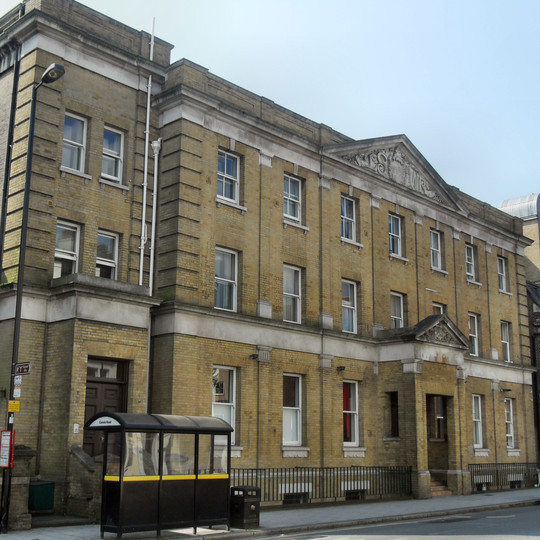
The trains were operated by the London and South Western Railway Company. In 1892 the LSWR purchased Southampton docks and rapidly developed them. The LSWR also owned the South Western Hotel which was popular with the first class passengers. In 1912 the large yellow brick building (left) on Canute Road was the offices of the The London and South Western Railway Company.
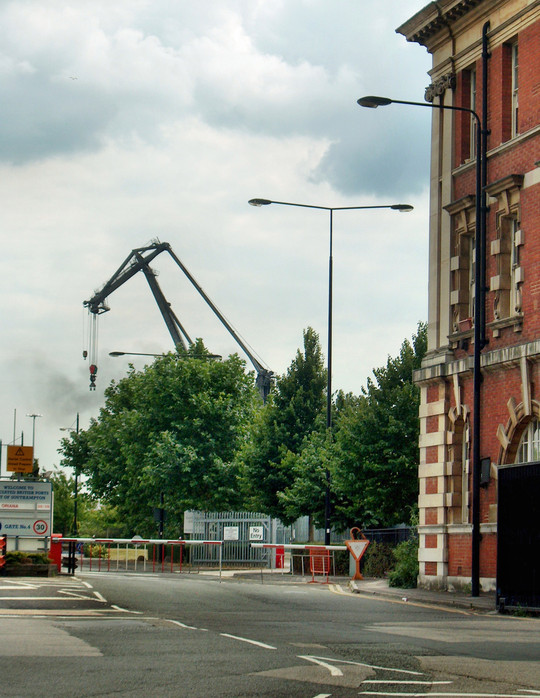
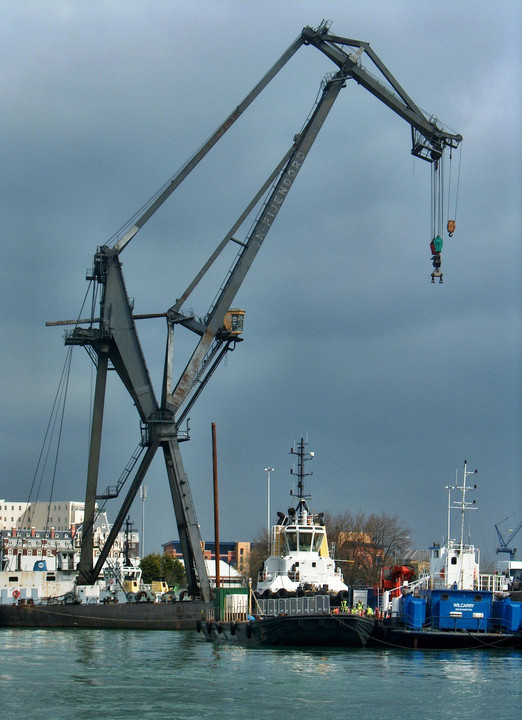
Dock Gate 4 (left) leads to Berth 44 (right) where the Titanic docked. It is not normally possible to enter the docks to vist where the Titanic berthed, but it is usually possible to observe the Memorial Plaque located just within the Dock entrance.
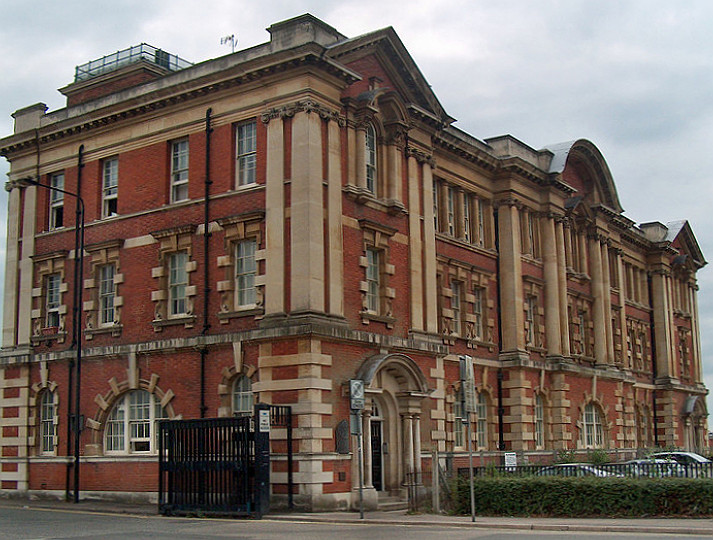
The R.M.S. in R.M.S. Titanic stood for Royal Mail Steamer. The Admiralty building (right) was once the main post office for Southampton Docks. This is where mail for the Titanic was sorted and five postal workers continued the process of sorting the mail on board the ship. There were 1,300 bags of mail on the Titanic and all the postal workers died.
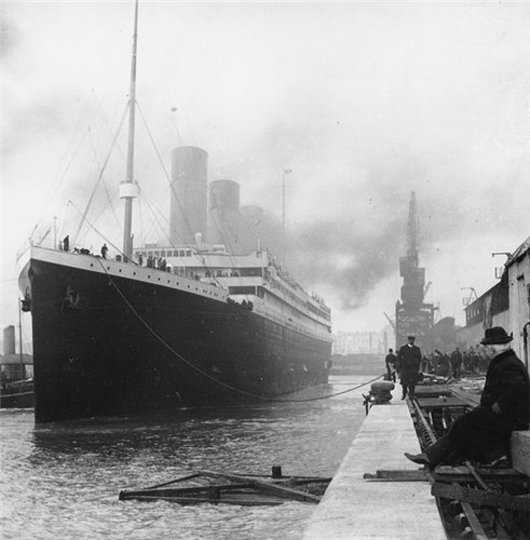
First and Second Class passengers boarded the Titanic via covered walkways, Third Class passengers used a gang plank into the lower decks. At Midday on the 10th April 1912 Titanic began her maiden voyage. The picture (left) captured the moment of departure. As Titanic set sail suction from her huge propellers caused the liner New York to break away from its mooring, almost colliding with the Titanic.
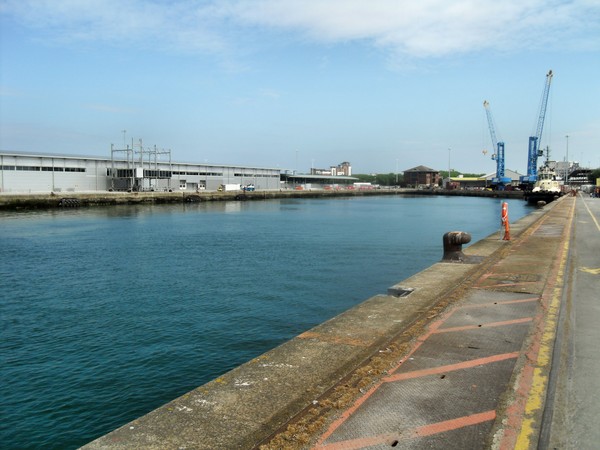
I was given special access to berth 44 (right) where so many of Titanic's passengers embarked. I was also present when the ashes of the last survivor Millvina Dean were sprinkled here in 2009. Numerous events are planned for April 2012 which marks the 100th anniversary of the Titanic, including a Memorial Cruise.
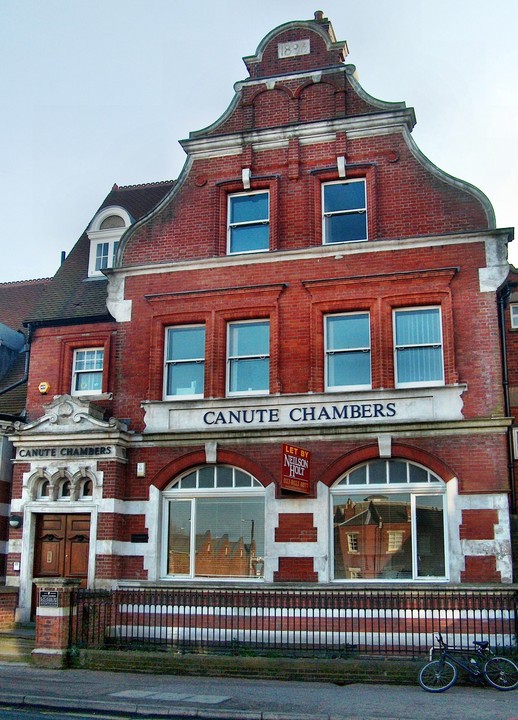
In 1912 Canute Chambers on Canute Road (left) was the office of the White Star Line. This is where relatives of passengers and crew gathered and anxiously waited for news following the disaster. Names of those who survived were written on large black boards displayed in front of this building. Of the 724 crew who lived within Southampton, only 175 returned home. At the front of the building is a memorial plaque unveiled by the youngest Titanic survivor Millvina Dean in 2002.
Titanic - History . com (Titanic History by André Price, Titanic Historian & Maritime Researcher)
